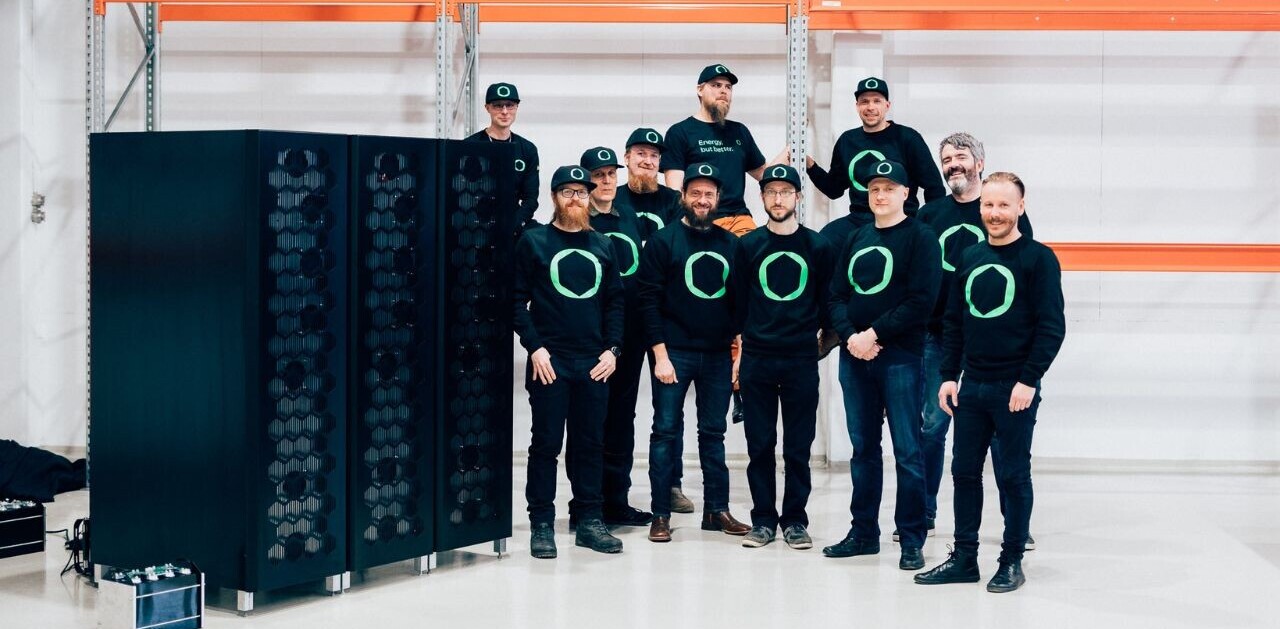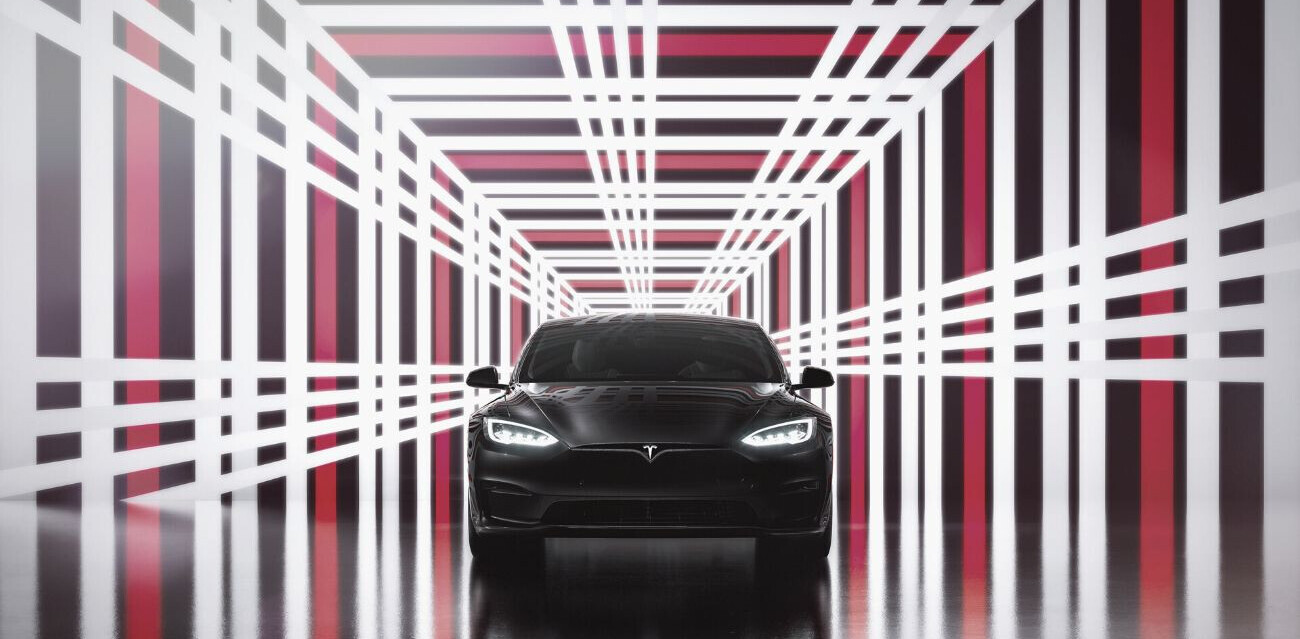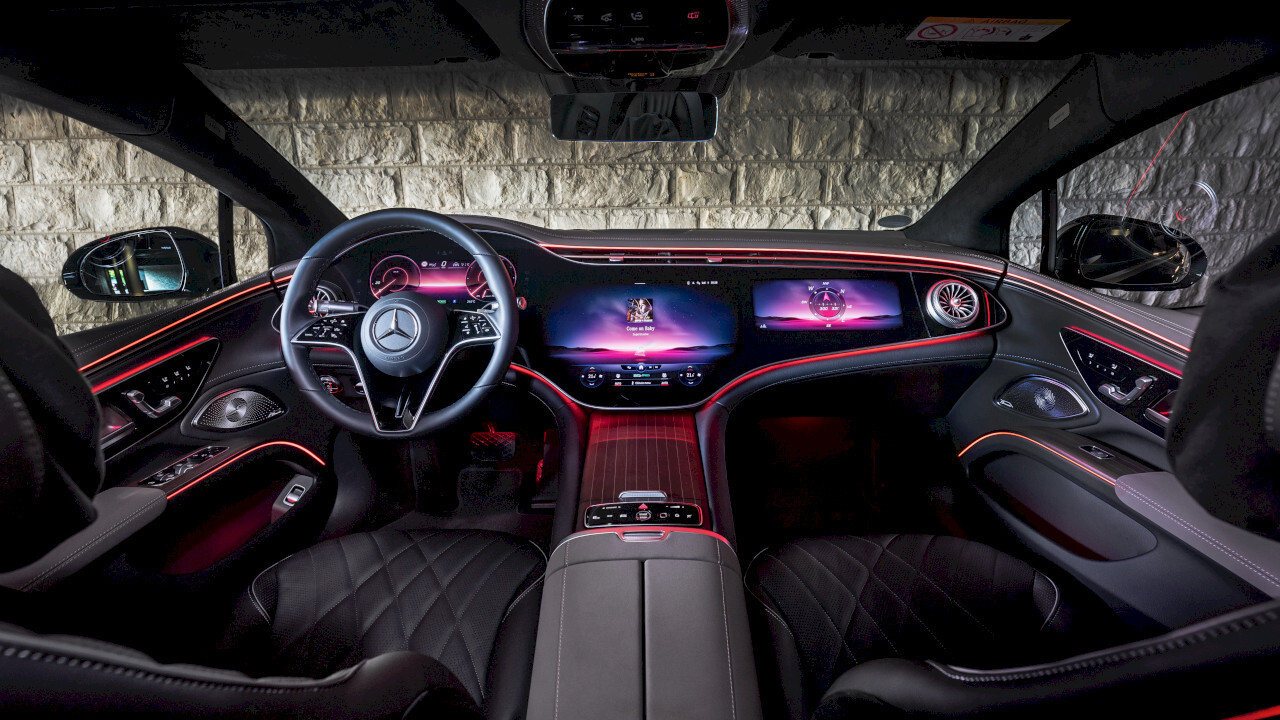
Ok, we’re a fair few years off commercially available autonomous vehicles. But today’s cars are advanced analytic data centers on wheels, with capabilities that can be added, amended, or expanded with a simple over-the-air (OTA) update. Automakers can choose when (and if) to turn on certain features–and it’s at a price.
This week writer Martin SFP Bryant raised the issue on Twitter in response to the latest Mercedes-Benz update .
? ? “Mercedes-Benz will electronically limit the steering angle of the rear wheels, but there will be an option after purchase to pay the company more money to increase that steering angle by a few degrees for a tighter turning radius.” https://t.co/7ClIW1HVMJ
— Martin SFP Bryant (@MartinSFP) August 11, 2021
“Mercedes-Benz will electronically limit the steering angle of the rear wheels, but there will be an option after purchase to pay the company more money to increase that steering angle by a few degrees for a tighter turning radius.”
All-electric luxury salon Mercedes-Benz EQ has an OTA functionality to modify the rear-axle steering with a ten-degree steering angle.
I’m not entirely clear how great a benefit this is to drivers in reality, but it raises more significant issues about OTA updates and their monetization.
OTA updates are nothing new
The reality is that BMW and other OEMs have offered over-the-air optional software as an upsell for over a decade, including its High Beam Assistant as an optional extra. OTA updates have been offered in vehicles since the late 2000s, including media subscriptions and Tesla’s ‘Caroke.’
Martin is not the first person to raise this issue on Twitter. In March, deputy news editor of Car Magazine, Jake Groves, shared a tweet:
Night drive in a 530e. Pressed the high beam assist button, but a message from the car essentially said “no, you need to buy the feature first on the ConnectedDrive store.” BMW and Merc both keen to do this more in future, so this won’t be the first time we’ll see it… ?? pic.twitter.com/hQzkwhP1Oe
— Jake Groves (@_jakegroves) March 24, 2021
“Night drive in a 530e. Pressed the high beam assist button, but a message from the car essentially said “no, you need to buy the feature first on the ConnectedDrive store.” BMW and Merc are both keen to do this more in future, so this won’t be the first time we’ll see it…”
He then shared the dashboard option noting “the original pop-up message… BMW store says it’s £160 for “unlimited” use…”
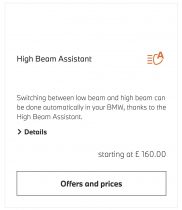
“Check control: Function acquirable: The high beam assistant can be acquired in the ConnectedDrive Store. The function reduces the load on the driver during darkness by automatically turning the high beam on and off in the case of oncoming vehicles and vehicles ahead.”
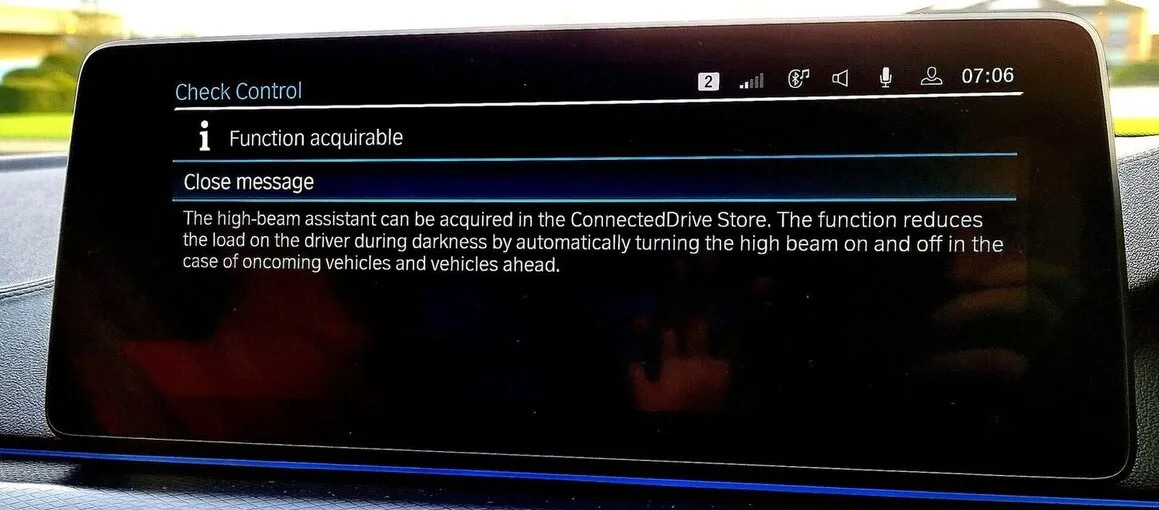
What are the bigger risks of OTA updates?
However, they raise fundamental questions about how and when we should change a car’s functionalities.
First, there’s the issue of the subscription model. What happens if we pay for several driving features that suddenly stop working in traffic due to a glitch in our payment?
Further, should we have to pay to switch on functions–including security functions in some instances–that an OEM has already created?
Then, there’s the issue of how changing functionalities can change a car’s status. Mercedes Benz says it intends to offer “temporary activations and free trial periods” of their new OTA updated features to entice customers.
For example, if you ‘turn on’ L3 ADAS functionalities such as the ability to change lanes autonomously, what does this mean for your existing insurance classification? Most countries are still grappling with these issues.
It also raises questions around charging drivers an additional fee to unlock a safety feature. As vehicle automation increases towards Levels 4 and 5, we can expect more OTA updates, and many of these will be fee-based.
This week, Huawei had an OTA update patent approved by the Chinese intellectual property office.
The patent will prevent smart vehicles from experiencing hidden dangers during the update installation. This could include where and when OTA updates are installed. This could include driver, OEM, or in the future, vehicle led installations.
Tesla fined for Battery OTA update
Last week, we saw a Tesla lawsuit settlement in response to an OTA update. According to Reuters, Tesla agreed to pay $1.5 million to settle claims that it used software to cut usable battery capacity on 1,743 Model S sedans.
Owners initially saw a 10% reduction lasting about three months, then a smaller 7% reduction lasting another seven months. Tesla restored total capacity in March 2020.
A litmus test for future features
We’re preparing for a time when we ride as passengers, not drivers, where vehicle automation includes not only OTA updates but vehicle-to-everything (V2E) trading, where the car is a marketplace and a source of revenue for OEMs.
OTA updates mean personalization. We could buy a second-hand smart car and make it an entirely different beast than that enjoyed by its previous owners. We could carry our subscription preferences across vehicles as we hire rather than buy.
Ultimately, OTA updates allow OEMs and users to try out new features and test what and when people are willing to pay. We can expect them to increase as OEMs compete to deliver new and interesting functions–at a price.
Get the TNW newsletter
Get the most important tech news in your inbox each week.

